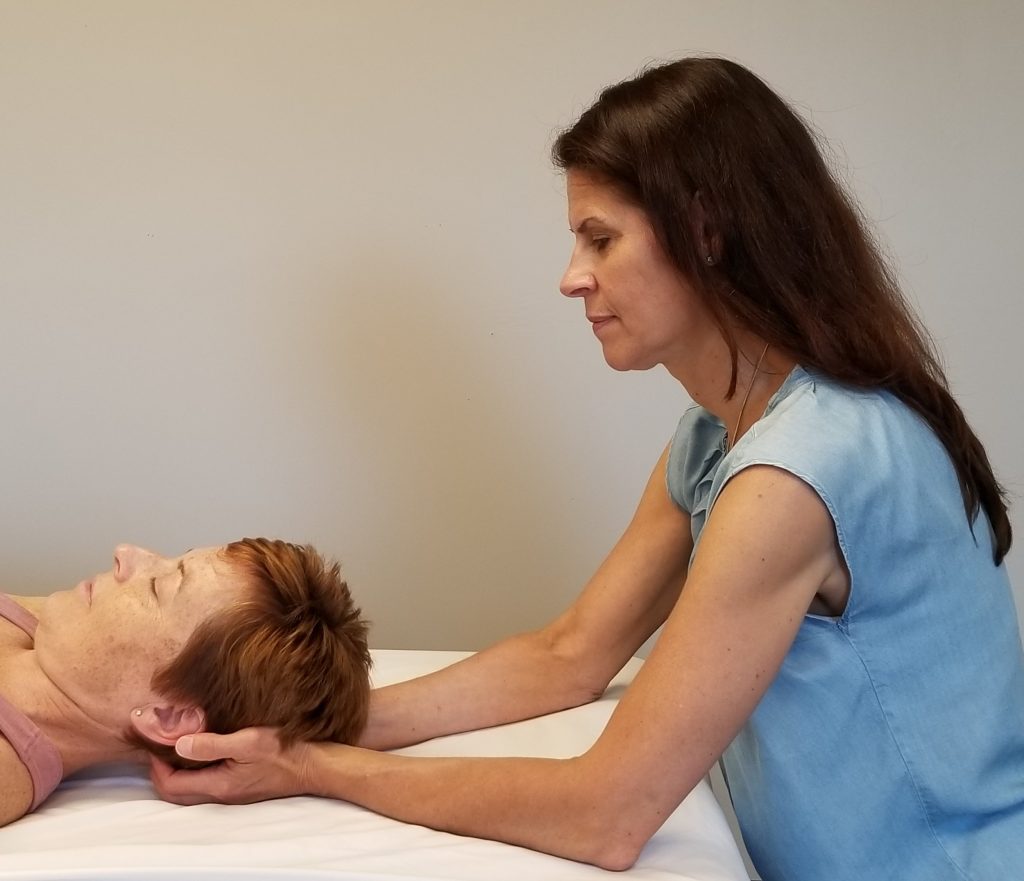What is Fascia?
Fascia is a three dimensional web system comprised of a dense connective tissue that spans throughout the body from head to toe. It is a fluid-filled glide system that supports, protects, and envelops all muscles, nerves, blood vessels, bones, and organs right down to the cellular level, and thus, impacts all the systems of the body. The fascia allows the body to keep its natural form intact and its systems functioning optimally. Additionally, the fascia is a type of communication system that holds memory to past trauma.


How Does Fascia
Become Restricted?
Fascia becomes restricted when the body sustains physical and emotional trauma. Both are intertwined and one can be the result of the other. Physical trauma can occur from birth, acute injuries or accidents, surgery, inflammatory responses, disease or structural and postural malalignments. Emotional trauma has to do with feelings of the heart and emotions that overwhelm an individual to a level that cannot be handled. This type of trauma can be sustained through one episodic event or from a series of events over time. It can be a result of abuse of any kind, bullying, violence, natural disaster or just feeling “less than.” This crystalline fluid system holds the memory of the trauma. If physical and emotional trauma is left untreated, partially treated or improperly treated the fascial system becomes dehydrated, hardened, and restricted placing pressure on nerve sensitive structures. This causes the body to be pulled out of alignment and its natural state of balance both physically and emotionally.
Both physical and emotional trauma elicit the body’s protective response, the fight, flight, or freeze response. The sympathetic nervous system is switched into gear causing the individual to protect themselves in a serious or life threatening event. With this comes tension, causing bracing and holding patterns of the body. The parasympathetic nervous system takes control when the event is over and is responsible for returning the body back to a place of calm and homeostasis. However, if the traumatic event is not treated or processed correctly and holistically, the body stays in a state of protection. Otherwise known as “survival mode,” and the tension, bracing and holding patterns that were elicited stay in the body, causing fascial restrictions. The fascia houses these traumas and unless treated and released properly, the fascial restrictions will only increase leaving the individual in a state of pain, inflammation, immobility, stress, unable to think clearly or function optimally, and may experience withdrawal, chronic worry or sadness.
What is Myofascial Release?


What to Expect
The initial visit consists of a review of your medical history, symptoms, and personal goals, along with a visual and tactile (touch) assessment of posture and alignment and movement patterns followed by hands-on treatment (90 minutes). Margot will discuss the results and make therapeutic recommendations. Follow up sessions will be booked for 60 minute hands-on treatments, which include education in self care techniques. (Treatment session packages are available following the initial evaluation.)
In order to treat the fascial system comprehensively, clients need to wear:
Women: sports bra and loose athletic shorts, 2 piece bathing suit, or bra and underwear.
Men: loose athletic shorts, swimming trunks, or underwear.
Do not apply moisturizers, make-up, or body lotions/oils. (Dry and clean skin is needed for effective treatment).
If you have access to a printer, please print the forms, complete, and bring with you to your scheduled appointment. (If you are unable to print the forms, please come 15-20 minutes early to your scheduled appointment to complete).